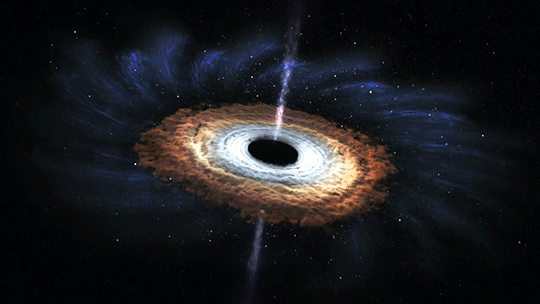
A black hole is a finite region of space inside which there is a mass concentration high enough to generate a gravitational field such that no material particle, not even light, can escape from it. The radiation emitted by black holes like Cygnus X-1 does not come from the black hole itself but from its accretion disk.
The gravity of a black hole, or "curvature of space-time, causes a singularity enveloped by a closed surface, called the event horizon. This is predicted by the equations of the Einstein field. The event horizon separates the black hole region from the rest of the universe and is the boundary surface of space from which no particle can exit, including photons. This curvature is studied by general relativity, which predicted the existence of black holes and was his first indication.

The black holes come from a process of gravitational collapse that was widely studied in the mid-twentieth century by various scientists, particularly Robert Oppenheimer, Roger Penrose and Stephen Hawking among others.
This process begins after the "death" of a red giant (star of 10 to 25 or more times the mass of the Sun), being understood by "death" the total extinction of its energy. After several billions of years of life, the gravitational force of this star begins to exert force on itself, originating a mass concentrated in a small volume, becoming a white dwarf. At this point, this process can continue until the collapse of that star by the gravitational attraction that ends up turning this white dwarf into a black hole. This process ends up by gathering a force of attraction so strong that it catches even the light in it.

In simpler words, a black hole is the end result of the action of extreme gravity carried to the possible limit. The same gravity that keeps the star stable, begins to compress to the point that the atoms begin to collapse. Orbiting electrons get closer and closer to the atomic nucleus and end up merging with the protons, forming more neutrons through the process, so this process would involve the emission of a large number of neutrinos. The final result, a neutron star. At this point, depending on the mass of the star, the neutron plasma triggers an irreversible chain reaction, the gravity increases enormously as the distance that originally existed between the atoms diminished. The neutron particles implode, crushing more, resulting in a black hole, which is a region of space-time limited by the so-called event horizon.
Theoretical classification
According to its origin, theoretically there can be at least three kinds of black holes:
According to the mass
- Supermassive black holes: with masses of several million solar masses. They would be in the heart of many galaxies. They are formed in the same process that gives rise to the spherical components of galaxies.
- Black holes of stellar mass: They are formed when a star of more than 30-70 solar masses becomes a supernova and implodes. They have a mass of more than 3 solar masses. Its core is concentrated in a very small volume that is increasingly decreasing. This is the type of black holes postulated for the first time within the theory of general relativity.
- Micro black holes: They are hypothetical objects, something smaller than the stellar ones. If they are small enough, they can evaporate in a relatively short period by emission of Hawking radiation. This type of physical entities is postulated in some approaches of the quantum gravity, but they can not be generated by a conventional process of gravitational collapse, which requires masses superior to the one of the Sun.
One of the most accepted hypotheses is that in the center of each great galaxy there is a supermassive black hole. In fact, our own Milky Way also has its own giant black hole at its center. This is located 26,000 light years from the Solar System, in a region called Sagittarius A, and has a mass equal to 4 million suns.
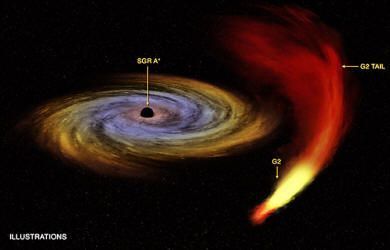
Source 1,2,-3,4,5,6,7,8



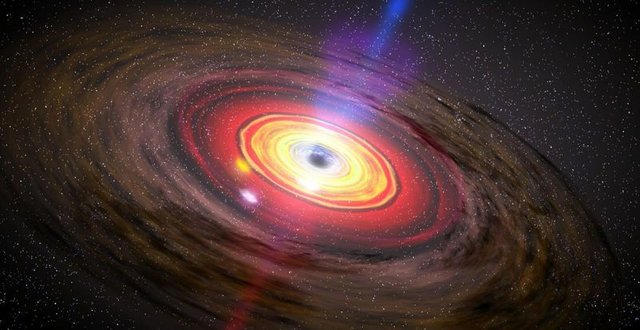
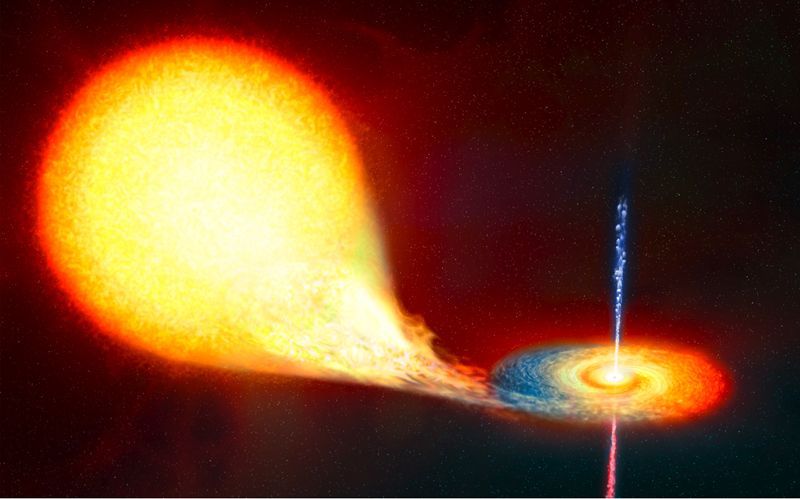
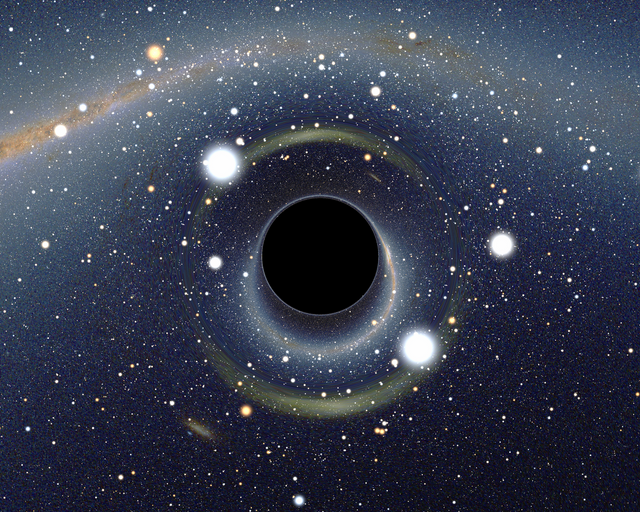








Wonderful story.... thanks for sharing
You got a 4.17% upvote from @upyou courtesy of @alex18!
This post has received a 8.10 % upvote, thanks to: @alex18, @alex18.
You got upvoted from @adriatik bot! Thank you to you for using our service. We really hope this will hope to promote your quality content!
Hi! I am a robot. I just upvoted you! I found similar content that readers might be interested in:
https://steemit.com/steemstem/@carrizmex/black-holes-in-space